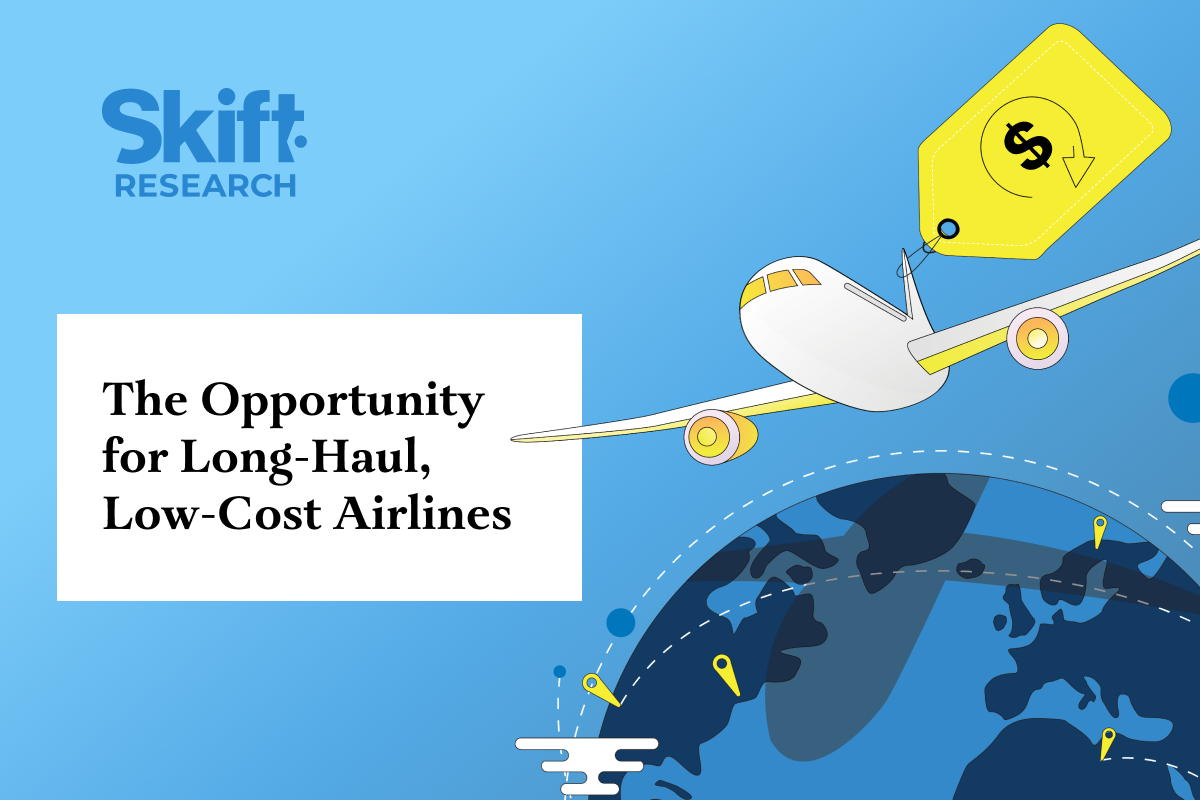The Opportunity for Long-Haul, Low-Cost Airlines

Skift Take
With the availability of better aircraft, a growing middle class and the evolving travel preferences of young travelers, there could be a billion-dollar opportunity waiting for low-cost, long haul air travel.
Skift Pro and Skift Research subscribers are able to read this exclusive extract from the latest Skift Research report. Get more insights from Skift Research to stay ahead of the industry.
JetBlue said recently that it was eliminating a number of routes from its network. It soon became clear that the low-cost airline was adopting a network optimization strategy aimed at cutting unprofitable services and redeploying its fleet to more lucrative locations.
The U.S. carrier has been hit with a double whammy of regulatory headaches. The Department of Justice blocked its $3.8 billion bid for Spirit Airlines, and a federal antitrust ruling was made against its partnership with American Airlines.
In light of these setbacks, i
